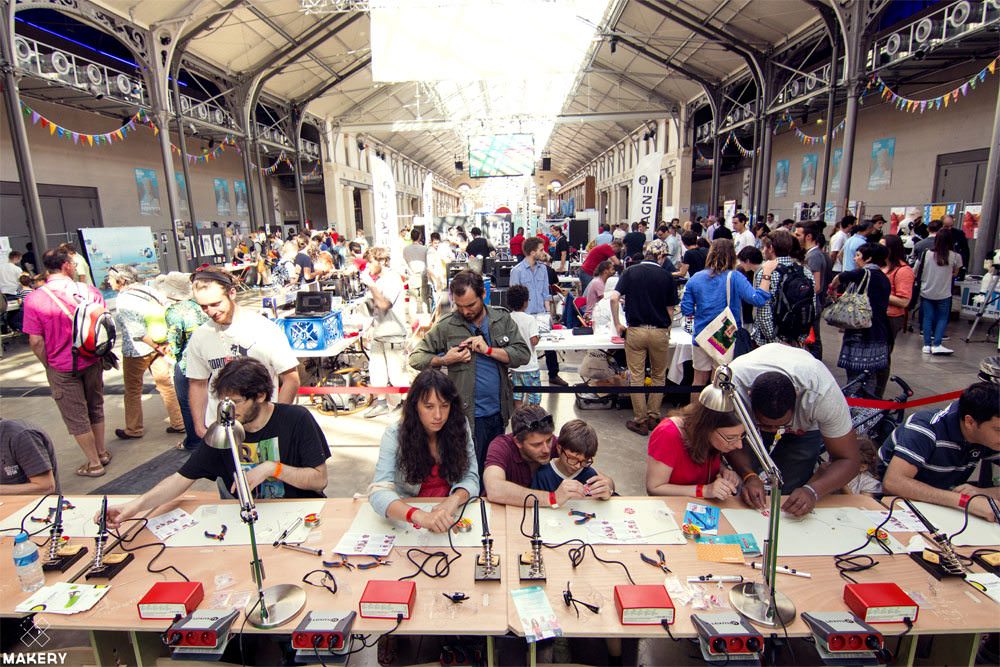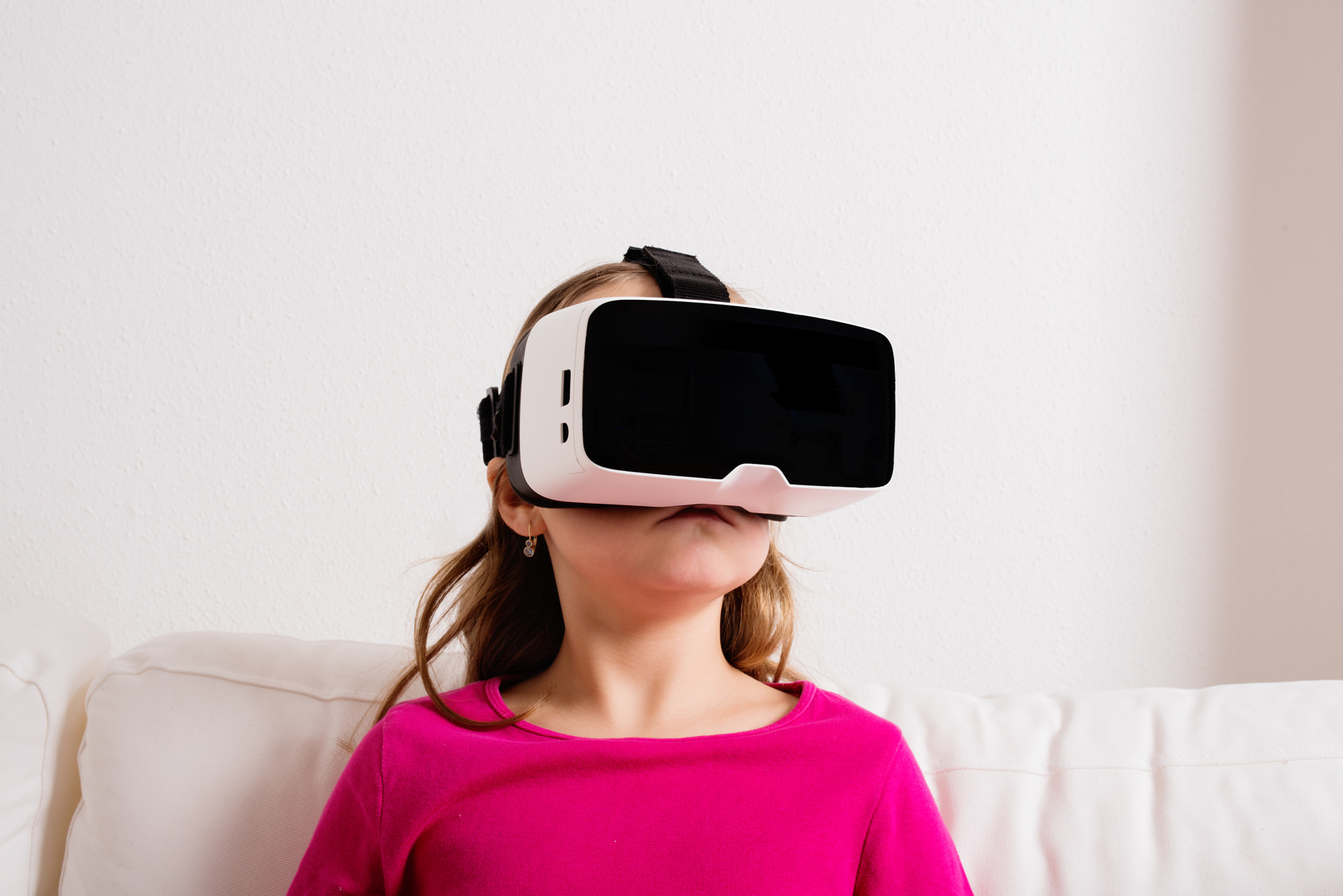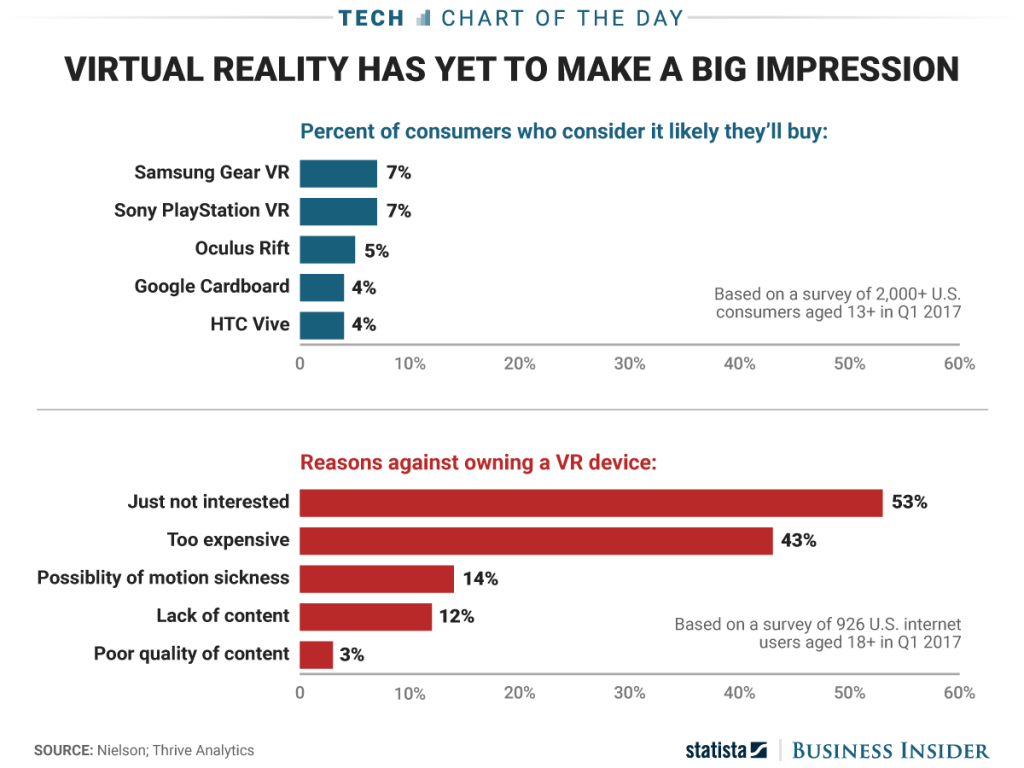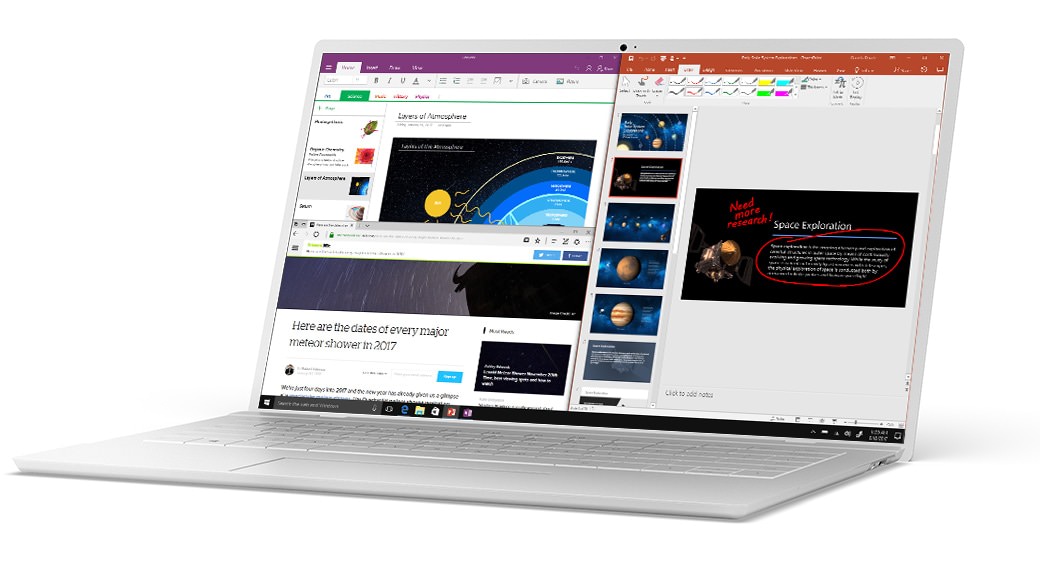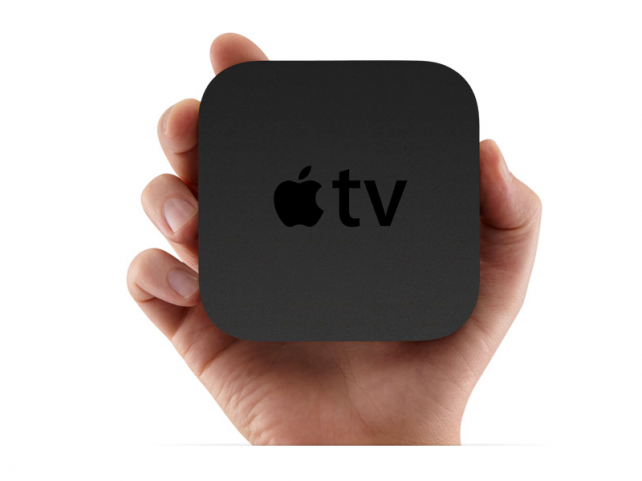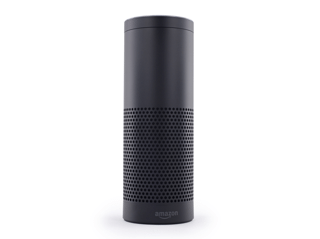When Steve Jobs introduced the iPad in 2010, he made a rather bold statement. He basically stated that the iPad would become the mobile computer of tomorrow. I talked to him right after the iPad was introduced and he said that over time the iPad had the potential of replacing one’s laptop. He was really excited about this as you can imagine and while the iPhone was his biggest start, he seemed sure of the potential of the iPad to become more than just a tablet over time.
I remember at the time thinking if that was true it could canalize their laptop business, but after I began using it I could see some early glimpses of how that vision could someday become a possibility.
Even though the iPad has been on the market for almost 8 years, for most people the iPad has not really replaced their laptop. I know there are exceptions. Many times when I travel I now only take my iPad and one of our analysts, Carolina Milanesi, does the same. We both are partial to the 9.7 inch iPad. My son Ben swears by the 12.9inch iPad and when traveling this is his go to machine now. And I know from talking to friends we are not the exception. Many feel the iPad can meet most of their needs when in most mobile settings.
In my case, I only use a Mac or PC when I am writing complex documents or working on large spreadsheets but I find the iPad handles most of my productivity needs when traveling, just not all. Which is why I have not given up my laptop and it still plays a major role in my work and personal digital life. In my case, I travel with a 12 inch MacBook as well as a 9.7 inch iPad and they are interchangeable depending on what I am doing, although I use the iPad for about 70% of the time while on the road.
But three features Apple has added to iOS 11 could change things for many of us who like the small and extreme portability of a tablet and in many ways have wanted the iPad to be more like a Mac.
The first thing iOS 11 has that makes the iPad more powerful is drag and drop and as Jobs told me back in 2010, this starts moving the iPad into the arena of being the dominant mobile computing tool everyone can use. Drag and drop is one of the major features of any PC OS and is something that many have been asking for in iOS for many years. Apple showed a good demo of how drag and drop would work at WWDC and from the demo, it looks and acts much as it does in macOS.
The second thing they introduced is the same file format that is also used on the Mac, making it possible for a file that you create on iOS to be file compatible with any macOS device. Also, the folder structure is the same so the look and feel are very familiar to anyone that already uses the Mac. This is really important since it makes these same files available on both macOS and iOS and in that sense they become interchangeable.
Again, with iOS 11 the iPad is becoming more and more like a Mac.
The third thing Apple did is expand the Dock so that you can add more apps to it so that working between apps gets easier. Again, this is very similar to the Dock on Mac OS and from the demo, they showed works in a similar way to allow you to go between apps. This is where Drag and Drop and the new file formats really shine.
This does not mean that Apple will eventually kill their Mac or MacBooks. From what I have seen in High Sierra, they continue to make macOS even more powerful, which in turn, makes their desktops and laptops richer tools for those who need a lot of power to do things like graphics, video editing, etc. But you are seeing Apple move the Mac more and more to the upper end of the productivity scale while making the iPad a more powerful tool that can be used successfully in business and for personal use.
Steve Jobs’ vision of making the iPad an ultra mobile device that you can carry with you all the time and yet is powerful enough to do almost anything you need to do in terms of personal or business computing, is finally becoming a reality with the added features of iOS 11.
When I talked with Tim Cook at a private event at WWDC, he told me that iOS 11 has the potential of moving more iPads into both business and personal use cases and believes it will help drive new iPad sales in a more positive direction. We will find out soon if that is true since the iOS 11 public beta will be released at the end of June. But if iOS 11 makes these features work as shown at WWDC, I know in my case it would move up my use of an iPad to about 90% and it would become my primary computing tool, a scenario that Jobs’ predicted when he launched the iPad in 2010.




